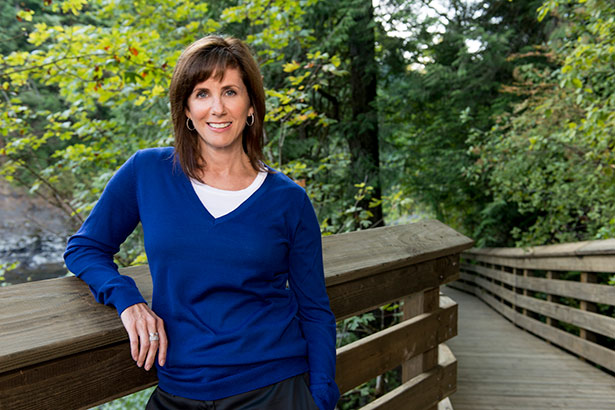2015 CEOs Who "Get It"
The National Safety Council recognizes nine leaders who demonstrate a personal commitment to worker safety and health

 |
 |
Kimberly J. Harris
President and CEO
Puget Sound Energy
 |
|
Accomplishments
PUGET SOUND ENERGY is Washington state’s oldest local energy company. It serves 1.1 million electric customers and more than 770,000 natural gas customers in 10 counties. The company, located in Bellevue, employs 2,700 workers. |
Why is safety a core value at your organization?
PSE’s customers depend on us to provide safe and reliable electric and natural gas service to them every day. Their safety and the safety of our employees is our foundation – it drives everything we do. Simply put, if we’re not safe, then we’re not doing our job and delivering on our promise to our customers.
Describe your journey to becoming a CEO who understands the importance of worker safety. What experiences or lessons brought you to where you are now?
At PSE, we strongly believed we were safe. But that didn’t hold up when, in 2010, we benchmarked ourselves against other utilities our size that offer the same service. We found that we were in the third quartile for our industry, so we made the decision to develop a five-year plan to improve our safety program. At that time, we were told by industry experts that it would take the full five years to achieve our goals. Yet it took us less than two years to move into the first quartile of safety performance, and we have stayed there ever since.
What is the biggest obstacle to safety at your organization, and how do you work to overcome it?
PSE’s pledge – "Nobody Gets Hurt Today" – epitomizes the biggest challenge with safety. It’s never finished and has to be top of mind for every single task, whether you’re a lineman, a pipefitter, a call center agent or a plant operator. I want everyone to go home safe every day. That can only happen if we’re focused and diligent about safety.
How do you instill a sense of safety in employees on an ongoing basis?
We start every meeting in the entire organization with a safety moment. It’s a reminder that no matter what you’re doing or where you are in the organization, safety is the foundation. In 2014, we added an electronic monthly safety message that is required viewing by all employees. There’s an increased dialogue around safety as a result, with employees using what they’ve learned in their jobs and sharing it with friends and family as well.
How does your organization measure safety? What are the leading indicators that show you how safe your organization is, and where do you see room for improvement?
We have three objectives that we measure every month:
- Reduce injuries in the workplace.
- Get employees back to work following an injury.
- Educate and train employees on effective safety and wellness strategies.
While these objectives don’t change, we’re always trying to improve on how we achieve them. For example, we know that sprains and strains is where we still see most of our injuries, so in 2015 we’re tailoring employee training to match the needs of our two distinct employee groups. Field workers will have “industrial athlete” programs focused on the specific tasks they perform, while office workers will continue to focus on ergonomics to prevent musculoskeletal disorders.
What advice would you offer to other leaders whose organizations are at an earlier stage of the journey to safety excellence?
I’m a proponent of benchmarks and measures. Objective data allows you to understand your current state, pinpoint what needs to change and track how you’re doing. Measures are also essential for the high level of employee engagement you’ll need to drive change and instill a total safety culture. It’s what spurred us from the third quartile to the first quartile in less than two years.
What advice would you offer to a safety professional whose CEO doesn’t “get it”? How can safety pros secure buy-in from the C-suite?
Every employee and team has a role and responsibility when it comes to safety. So even if you don’t have a corporate safety goal, you and your team can make a difference. For instance, several groups at PSE took the initiative to become CPR-certified as a team. No one asked them to make that commitment – they did it on their own and the impact could be potentially lifesaving. I think that’s an excellent example of leadership from within.
Post a comment to this article
Safety+Health welcomes comments that promote respectful dialogue. Please stay on topic. Comments that contain personal attacks, profanity or abusive language – or those aggressively promoting products or services – will be removed. We reserve the right to determine which comments violate our comment policy. (Anonymous comments are welcome; merely skip the “name” field in the comment box. An email address is required but will not be included with your comment.)

